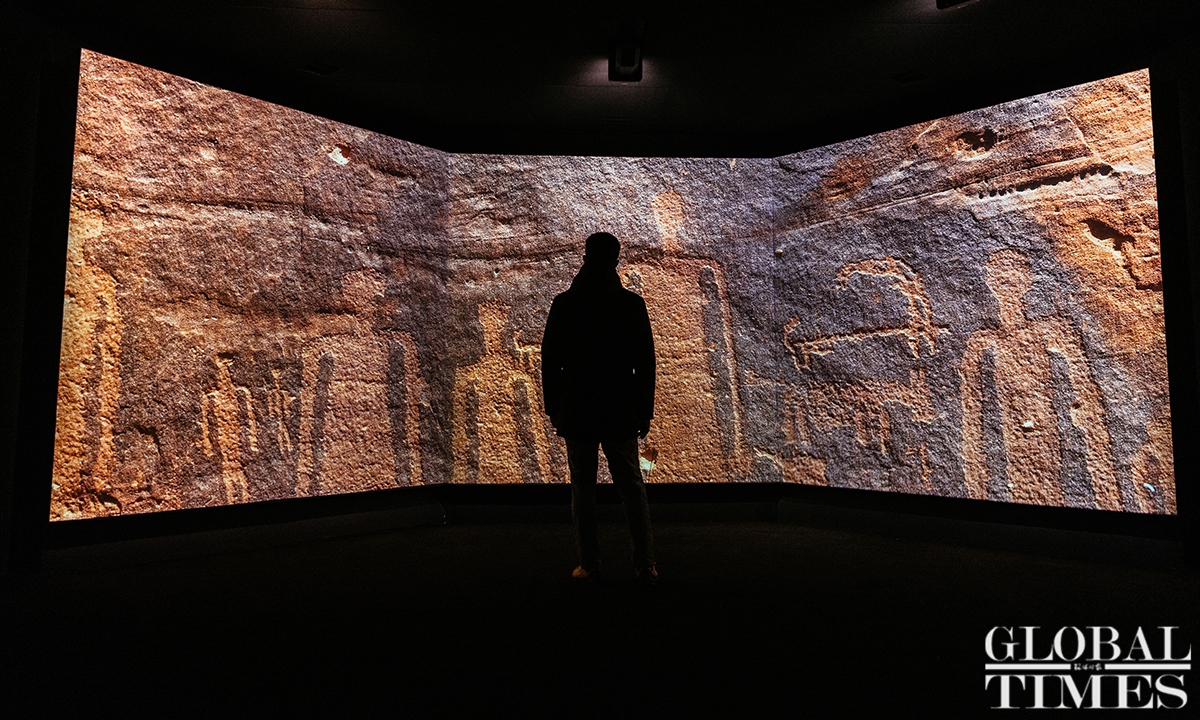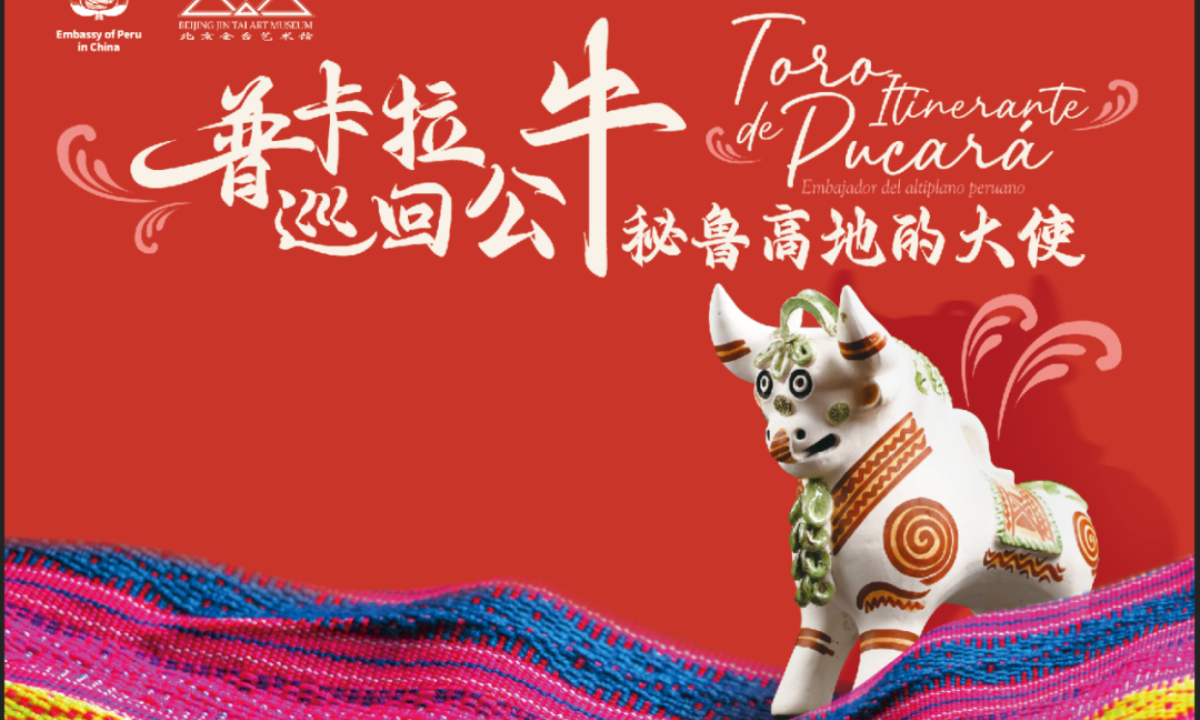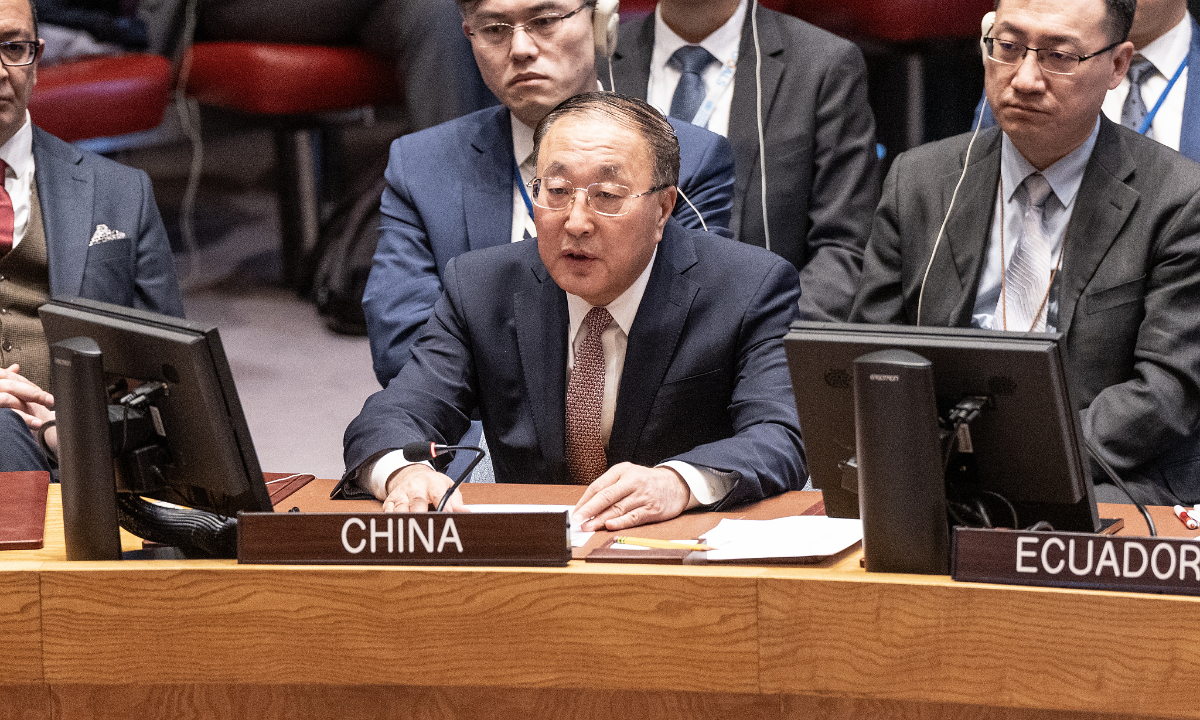ARTS / CULTURE & LEISURE
Exhibition featuring oasis city AlUla debuts in Beijing, revealing 'symbolic civilization' between China and Saudi Arabia

Photo: Li Hao/GT
The archaeological exhibition AlUla, Wonder of Arabia debuted at the Palace Museum in Beijing on Friday, featuring ancient Saudi Arabian relics such as a ring discovered in the 7th to 9th century CE.
The exhibition centers on AlUla, an ancient Saudi Arabian city boasting a profound human culture, encompassing ancient languages and agriculture that originated in the desert 7,000 years ago. This site hosts numerous tombs and significant archaeological sites, including Hegra, a UNESCO World Heritage Site.
A total of 230 relics are on display, marking the very first time that Saudi Arabian AlUla treasure has been introduced to Chinese visitors.
Those relics include stone sculptures depicting AlUla people's facial appearances, stones inscribed with writing, and everyday objects like a pipe for water drainage dating back to between the 6th and 9th century CE. Along with other video installations that show a restored panorama of the site, the exhibition tells the story of how human wisdom can bring a desert area to life.
At the show's opening ceremony, Laila Nehme, the exhibition's curator and a noted researcher who is an expert on Nabataean culture, introduced the importance of AlUla as a major stop of ancient incense-trading routes.
While the "incense road" went from southern Arabia to Egypt, Nehme told the Global Times that this ancient trading represented the growth of humanity. It resonates with the spirit of ancient Silk Road culture in China.
She said that silk trading made the ancient Chinese Silk Road known to the world, and coincidentally, a piece of dyed silk also happened to be found in AlUla.
"We still have to go through a proteomic analysis to investigate the piece's origin. But I think a luxury product like this shared by the two countries is like a symbolic dialogue between the two civilizations," Nehme said.
China and Saudi Arabia are located at the eastern and western ends of the Asian continent, historian Xue Lining told the Global Times, adding that regardless of distance, the "parallel and diverse" growth of ancient civilizations in the two countries have allowed us to continue mutual learning in modern times.
"Language, agriculture and architecture represented ancient urbanism, and are all symbols of a country's civilization. Those areas developed diversities according to different cultural contexts. We now learn and can understand each other better through learning from such differences," Xue remarked.
Beijing is one of the stops of the exhibition's world tour. The show is supported by the Palace Museum and was co-launched by the Royal Commission for AlUla and Agence Française pour le Développement d'AlUla.
"We want the culture to be seen by more audiences in the world," Nehme said, adding that in addition to archaeology, the educational exchanges between China and Saudi Arabia reveal a desire for the two countries to establish a closer relationship for cultural exchanges.




